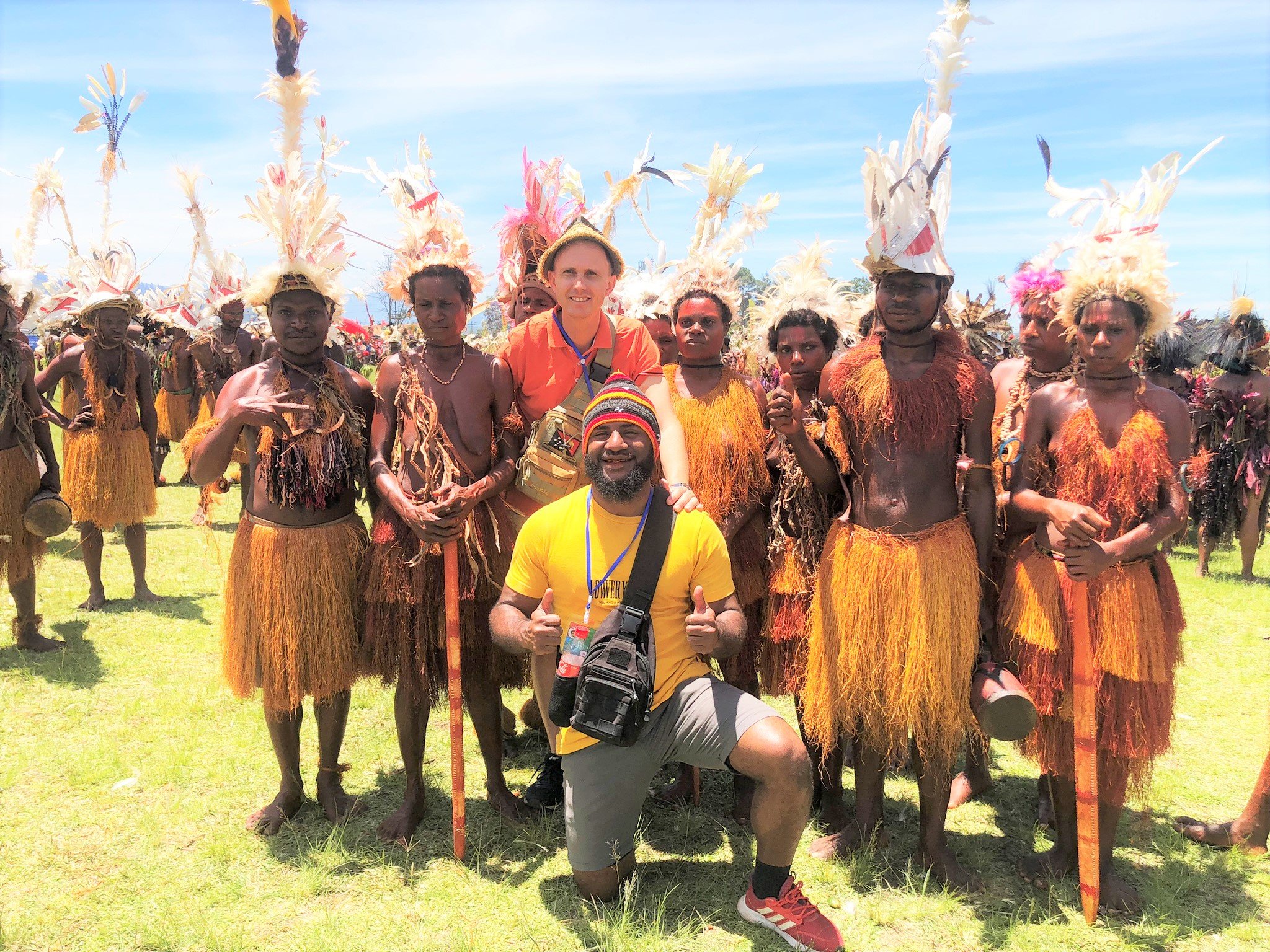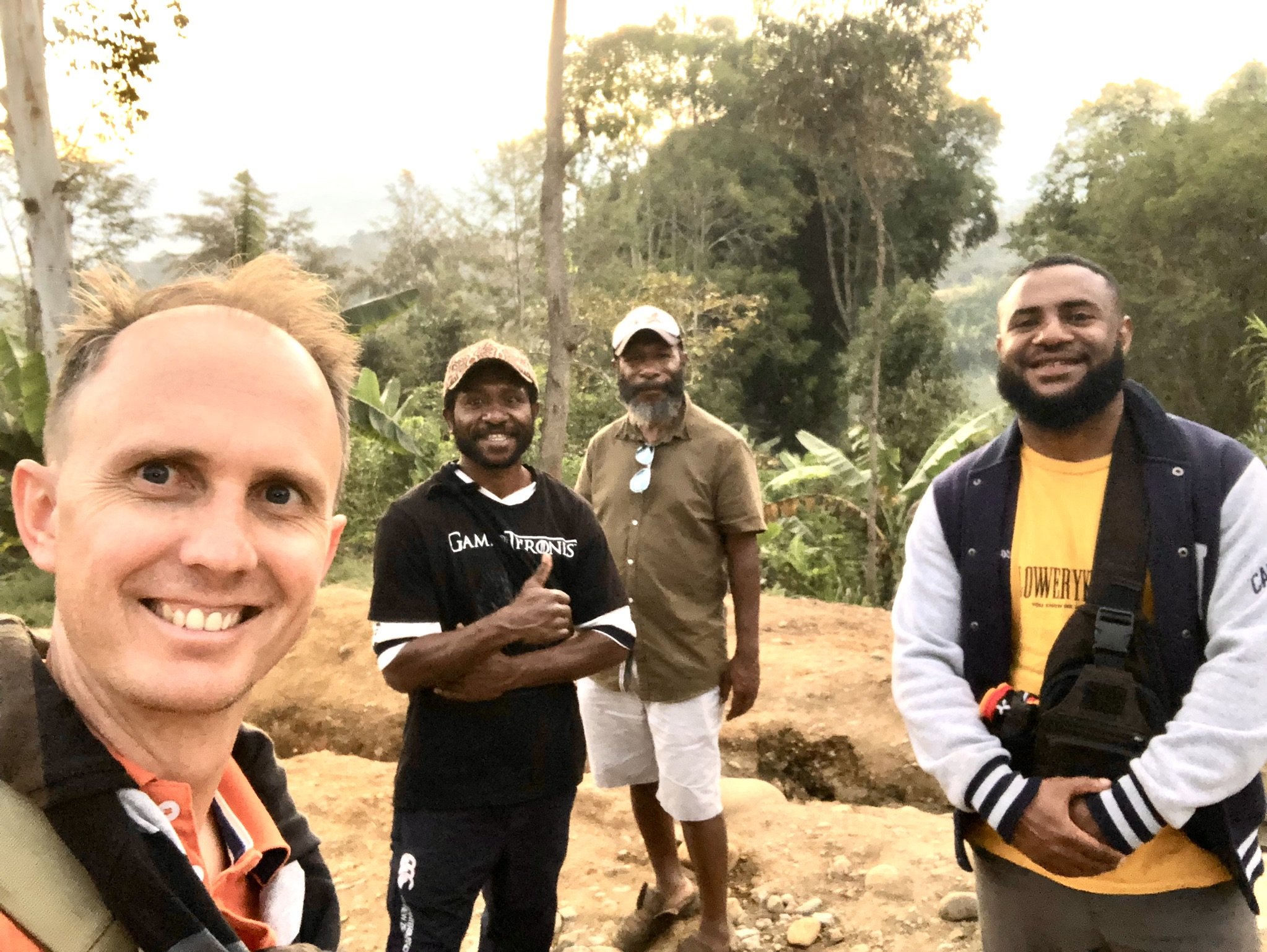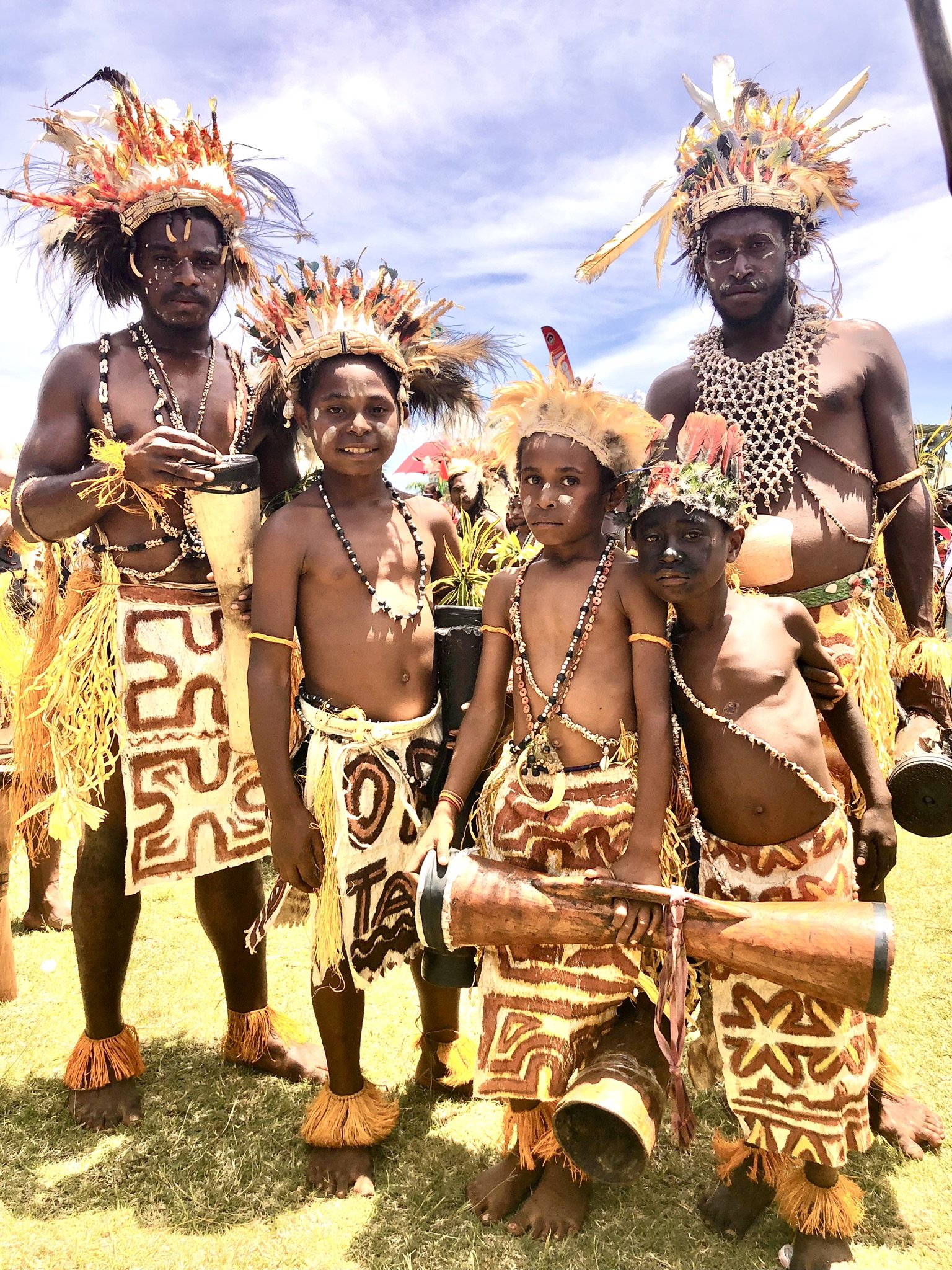
Eastern Highlands,
a colorful celebration!
Eastern Highlands
The Goroka festival
Heartland of Tradition
and Diversity
The Eastern Highlands Province, anchored by the vibrant town of Goroka, is one of Papua New Guinea’s most culturally and geographically significant regions. Perched high in the central mountain spine of the country, it offers a cool, temperate climate, fertile valleys, and lush, terraced landscapes ideal for agriculture.
The province is known for its rich coffee production—some of the finest in PNG—and its dynamic social tapestry woven from dozens of distinct tribal groups. Each community maintains its own language, customs, and ceremonies, contributing to an extraordinary cultural mosaic. Education and health services are relatively well-developed here, in part due to the historical presence of missionaries and development programs. But above all, the Eastern Highlands are renowned for their cultural pride, expressed most vividly during the annual Goroka Show. This iconic event draws thousands of performers and visitors, offering a powerful expression of Papua New Guinea’s diversity, resilience, and unity. With its blend of modern development and deep-rooted traditions, the province embodies both the challenges and the hopes of a country that continues to build its identity in a rapidly changing world.
A celebration of identity:
our Goroka Festival experience
September 16, 2023 — Papua New Guinea’s Independence Day — marked a moment I won’t forget. For weeks, my friend Shaun and I had planned to reach Goroka in time for the legendary Goroka Festival. As travel in the Highlands can be unpredictable, every step of the journey brought its share of challenges, but we were driven by a shared determination. When we finally arrived, the reward exceeded all expectations. The entire town had transformed into a whirlwind of movement, music, and colour.
What struck me most was the sheer diversity of the performers: warriors in feathers and ochre, dancers in shells and grass skirts, and proud elders guiding younger generations through sacred rituals. It wasn’t just a show—it was a living tribute to the strength of identity, to community, and to the transmission of heritage across generations. People from every corner of the country had converged here, creating a rare space of joyful unity. Shaun and I wandered for hours, swept up in the energy and generosity of the locals. Despite our differences, we felt deeply connected.
The Goroka Festival reminded us that in Papua New Guinea, beauty lies in diversity—and that the spirit of independence is not just remembered, but celebrated with every step and every song.
-

Walking
-

Cultural exchange
We are witnessing an absolutely extraordinary display of cultural diversity, unique in the world. As soon as we step off the plane and are guided by our host Herrick through the bustling city—which, at this hour, is far from the quiet capital it usually is the rest of the year—we are overwhelmed by the vibrant and lively atmosphere of the event.
Arriving at the grounds where an impressive number of people are gathered, dressed in the traditional costumes of their respective tribes, we are surrounded by feathers, weapons, music, and chanting from all sides. Before our eyes unfolds a rare juxtaposition of cultural expressions.
What distinguishes them all are the details in their costumes, the languages spoken (over 800 languages are currently used in Papua New Guinea), and the rhythm of their dances. Yet, they are all united in the celebration of one Melanesian culture, which becomes apparent after a few hours of observation.
I invite you to discover this through these audiovisual excerpts, which will reveal a small part of its richness and splendor.
Our arrival in Goroka
The Show
Around the Show Ground
Portraits
To go even further…
A unique cultural mosaic!
“Less than half a century ago, Papua New Guinea gained independence. This year, more than last year (when we were still suffering from the effects of Covid), we can feel that the entire nation is eager to celebrate the moment. Most of our Papua New Guinean colleagues were not born in 1975. […]
[…] Before our eyes unfolds a rare juxtaposition of cultural expressions. Every detail of the costumes, every language, every rhythm of dance sets them apart—but all are united in the celebration of a single Melanesian culture that, after a few hours of taking it in, begins to reveal its flavor. […]
[…] This is the moment when the true fabric of Papua New Guinea’s society reveals itself. The warmth of its people is unmistakable. Strangers become friends with a single smile, shared laughter, and spontaneous embraces. The pride in their culture shines through every gesture, every dance, every expression. […]”































